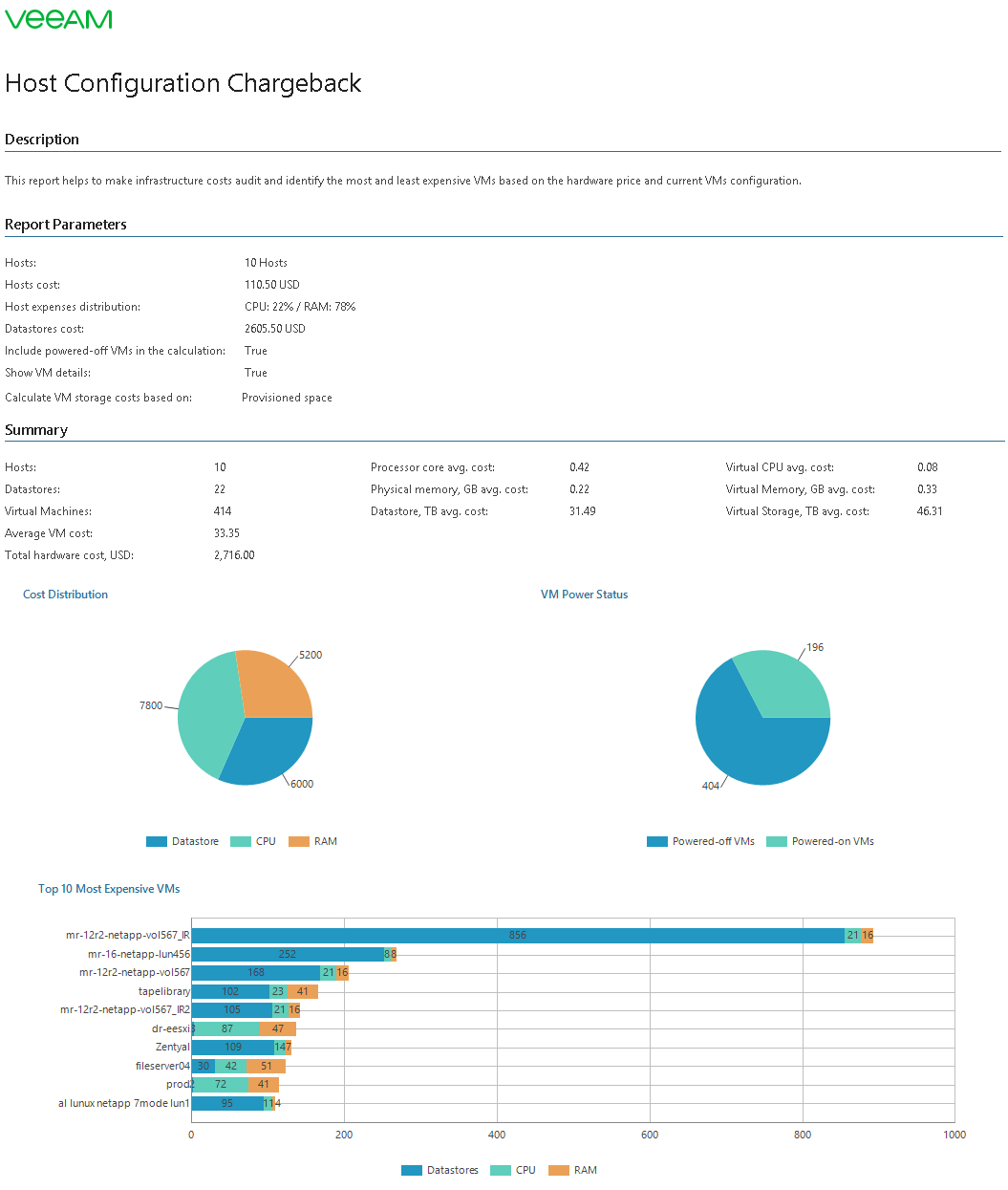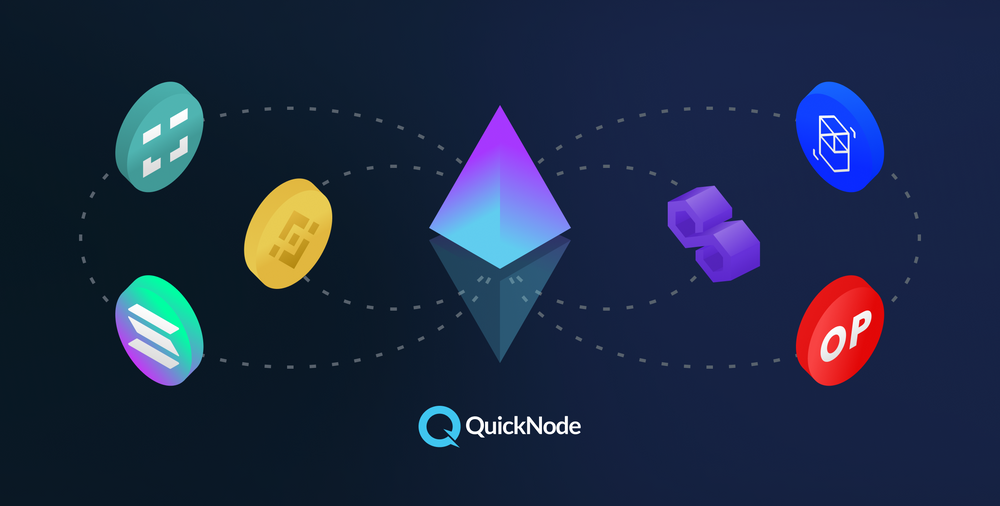
It can be used as a lightweight bootstrap node to aid in finding peers in private networks.ĭeveloper utility version of the EVM (Ethereum Virtual Machine) that is capable of running bytecode snippets within a configurable environment and execution mode.

Its purpose is to allow isolated, fine-grained debugging of EVM opcodes (e.g. evm -code 60ff60ff -debug).ĭeveloper utility tool to support our ethereum/rpc-test test suite which validates baseline conformity to the Ethereum JSON RPC specs. Please see the test suite's readme for details.ĭeveloper utility tool to convert binary RLP ( Recursive Length Prefix) dumps (data encoding used by the Ethereum protocol both network as well as consensus wise) to user friendlier hierarchical representation (e.g. This is the entrypoint for the Swarm network.

swarm -help for command line options and subcommands. Going through all the possible command line flags is out of scope here (please consult ourĮnumerated a few common parameter combos to get you up to speed quickly on how you can run your See Swarm README for more information.Ī CLI wizard that aids in creating a new Ethereum network. The user doesn't care about years-old historical data, so we can fast-sync quickly to the current #Ethereum light node vs remote rpc full#įull node on the main Ethereum networkīy far the most common scenario is people wanting to simply interact with the Ethereum network:Ĭreate accounts transfer funds deploy and interact with contracts.




 0 kommentar(er)
0 kommentar(er)
